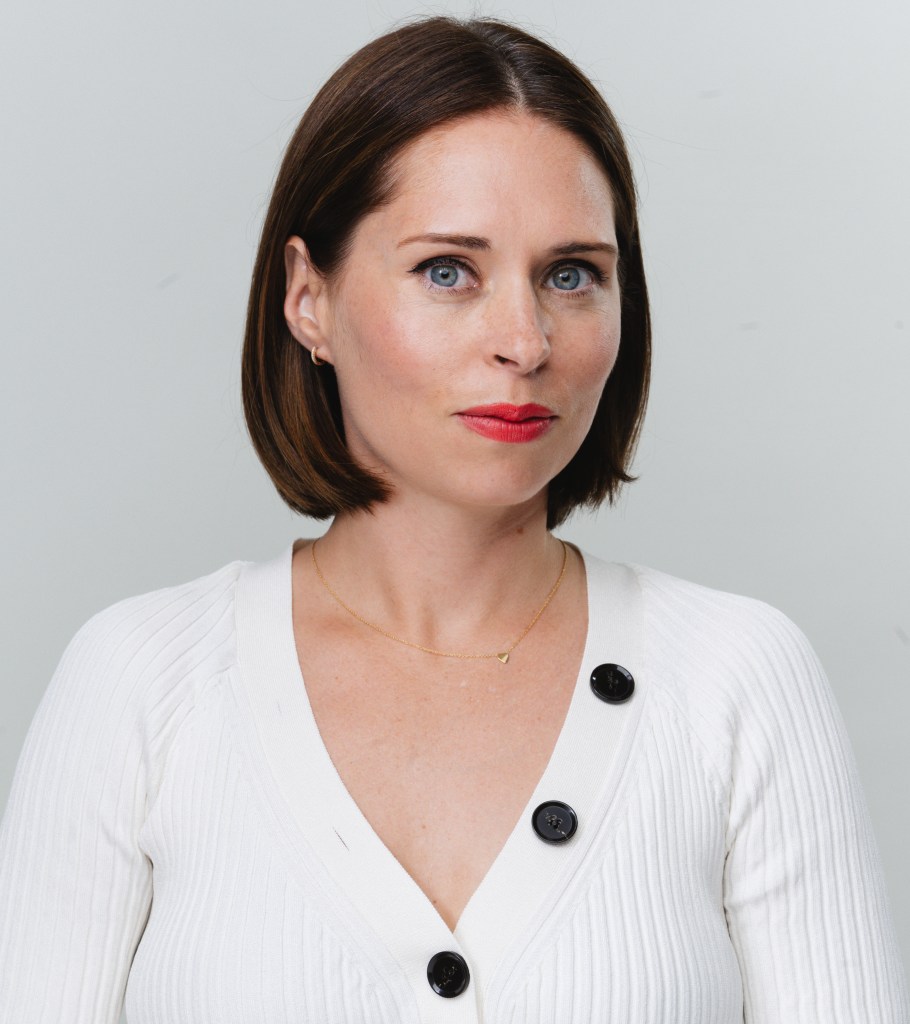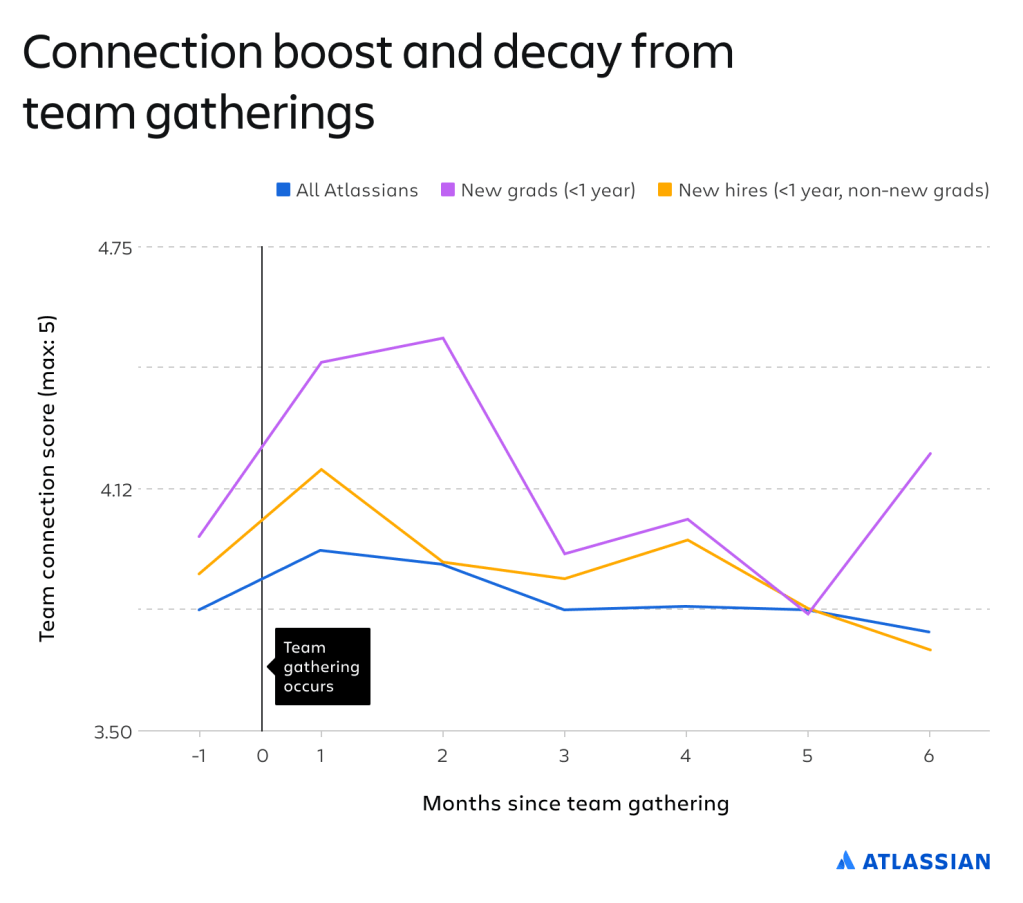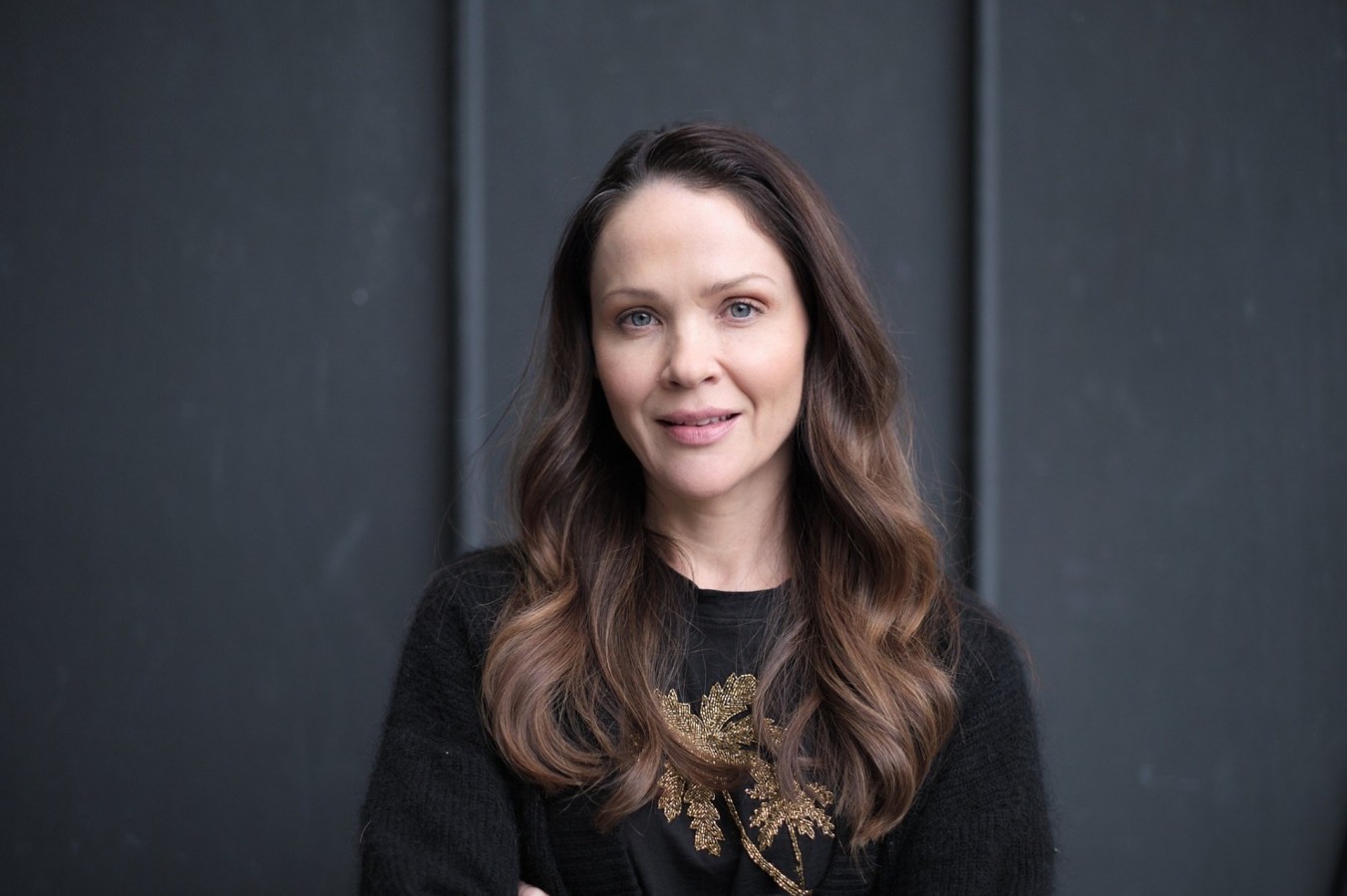Going remote was “one the biggest bets” in its 20-year history, but even while many companies call staff back to the office, Co-CEO Scott Farquhar says that way of thinking is solving the wrong problem.

Key Takeaways
- Atlassian’s survey of Fortune 500 executives found that all large organisations work in a “distributed” way, whether they have an in-office policy or not.
- 99% of executives agreed that work will only become more distributed in the future.
- 92% of Atlassian staff said the distributed work policy allows them to do their best work, and 91% say it’s an important reason why they stay at the company.
- Staff who participated in an experiment where they “timeboxed” their top priorities declined 17% more meetings than usual and spent 13% less time in meetings. This was seen as a good thing.
- Feelings of connection rose 27%, after “intentional” team gatherings in person and this boost lasted 4-5 months. New hires and new graduates experienced the largest boosts in team connection following an in-person gathering, but also the fastest decline in those feelings.
- 80% of Atlassian staff visit an office each quarter.
There was a bit of put up or shut up about Atlassian’s decision to allow staff to work from wherever they wanted, the company’s founders said today, 1,000 days into the experiment.
“We knew we had to live the realities of being highly distributed ourselves so we could create products and practices to help others do this well, too. Why would you buy teamwork software from a company that doesn’t understand how teams collaborate online?” co-founders Scott Farquhar and Mike Cannon-Brookes write in the introduction to a new study on “distributed” workplaces.
It was “one of the biggest bets Atlassian has made in our 20-year history”.
And while an increasing number of businesses are mandating more office time, the Atlassian founder says they’re seeking productivity in the wrong place. “The conversation on remote work is too caught up in where work happens, and not enough in how it happens,” Farquhar said in launching Lessons Learned: 1,000 Days of Distributed at Atlassian. “The reality is, most businesses already work in some form of a distributed way – whether that’s customers and clients in different offices, or colleagues across timezones. In today’s global world, in-office mandates don’t bring entire teams together or solve challenges rooted in archaic ways of working.
”Work is a vocation, not a location, and it’s about time we recognise that. This resistance to change is based on fear, not fact.”
The owners of collaboration tools including Jira, Confluence, Trello and now Loom, made the decision to go fully “distributed” in August 2020, six months into the COVID-19 pandemic.
Since that time, the company has received twice the number of candidates for each new job, fills job vacancies 20% faster, and uses half the real estate it did in the pre-pandemic era, said the company’s global head of “Team Anywhere”, Annie Dean.

Dean – speaking from her New York apartment from where she works most days, overseeing the distributed labours of some 12,000 other employees, despite living within walking distance of the office – said the company “did not share” the dollar value of the shift to “distributed” work.
The word “remote” had not been replaced by “distributed”, she said.
“We still use the word remote to describe the 40% of our employee base who don’t live in a commutable distance to a corporate office. But 100% of our employees experience our location policy, which is that you can choose your working location every day. And so we needed a word that described 100% of Atlassians.”
Related
She said that the survey of Fortune 500 executives “solidified” the notion that work would continue to become more distributed. 99% agreed with that notion.
Spontaneity not what it’s cracked up to be
“They also acknowledge that their teams are not co-located. People are generally not sitting shoulder-to-shoulder in getting their work done. So, we also talked to them, ‘Hey, if that’s true, what are the biggest problems you face?’ And they consistently said that it was about too many meetings, not enough focus time, unclear goals, difficulty working cross-functionally, and none of those get solved by being in an office.”
Dean oversees a team of behavioural science PhD in what they call the Team Anywhere (or Team A) Lab. They routinely run experiments, one of the latest of which was a “calendar redesign experiment” to tackle the problem of too many meetings, and not enough work time.
“We had a hypothesis that a big reason for a lot of those problems is that people aren’t designing their days very well. It’s a pretty common experience where your whole day is just full of back-to-back-to-back meetings.
“So our hypothesis was that if we kept meetings to 50% of the day or less, and we had people reserve dedicated focus time, and dedicated collaboration time every day where I could just rope [a colleague] in and say, ‘Hey, forget that meeting that we have scheduled in five weeks. This work is important. Let’s do it today.’ That people would be able to get their high-priority work done faster, and it would feel better.
“And what we found is that by following this protocol, meeting time was reduced overall by 13%. Over 70% of participants said that they were able to make more progress on their most important work. And we saw these behaviours continue to progress weeks into the future.
“If you’ve ever worked in this way … it’s like a drug. Working in this environment feels so good, I’m not surprised that when people get exposed to the right practices, they really don’t let them go.”
Annie Dean, Atlassian head of Team Anywhere
Atlassian did not believe in the popular notion that corporate magic happens in spontaneous meetings – think water coolers and bustling thoroughfares – but more in “intentional” gatherings. And that these also better-fostered team spirit.
“We had a hypothesis that we didn’t need to come together in the office 260 days a year in order for people to feel connected. So we designed a program called the Intentional Togetherness program, where teams come together potentially from across the globe – at least from multiple cities – for three to five days to focus on socially bonding and also to do really hard work – like the stuff you don’t want to set a timer on, the creative work, the difficult strategic work.

“We found that when teams came together in that intentional environment for weeks at a time, turning off all their distractions, that team connection went up by 27% and it didn’t decay for four to five months.
“It does decay a little sooner early in your career … But this is a huge boost that we experienced and team connectedness is a big predictor of team effectiveness.
“We also looked at team connectedness for those people who attend the office time from time to time. We found that there was no impact to team connection if you were somebody who was sporadically attending the office. So what we learned from that is that by bringing people back to the office, we wouldn’t actually achieve that connection outcome that so many executives talk about as a reason to justify return to office mandates.”



